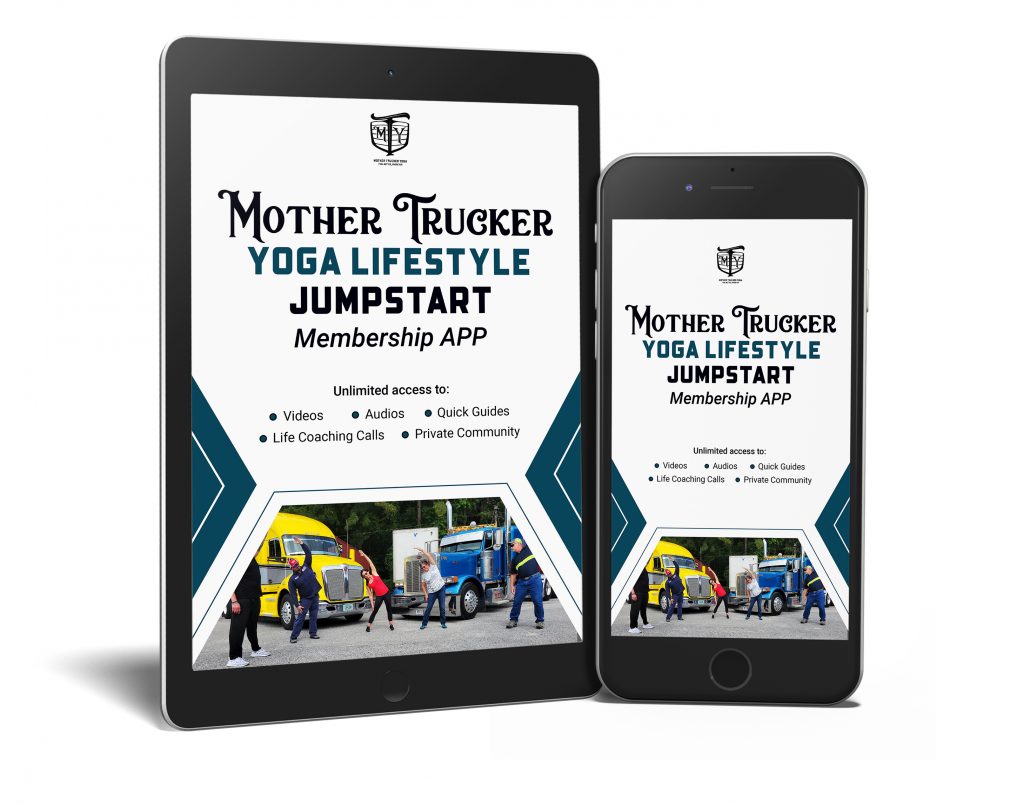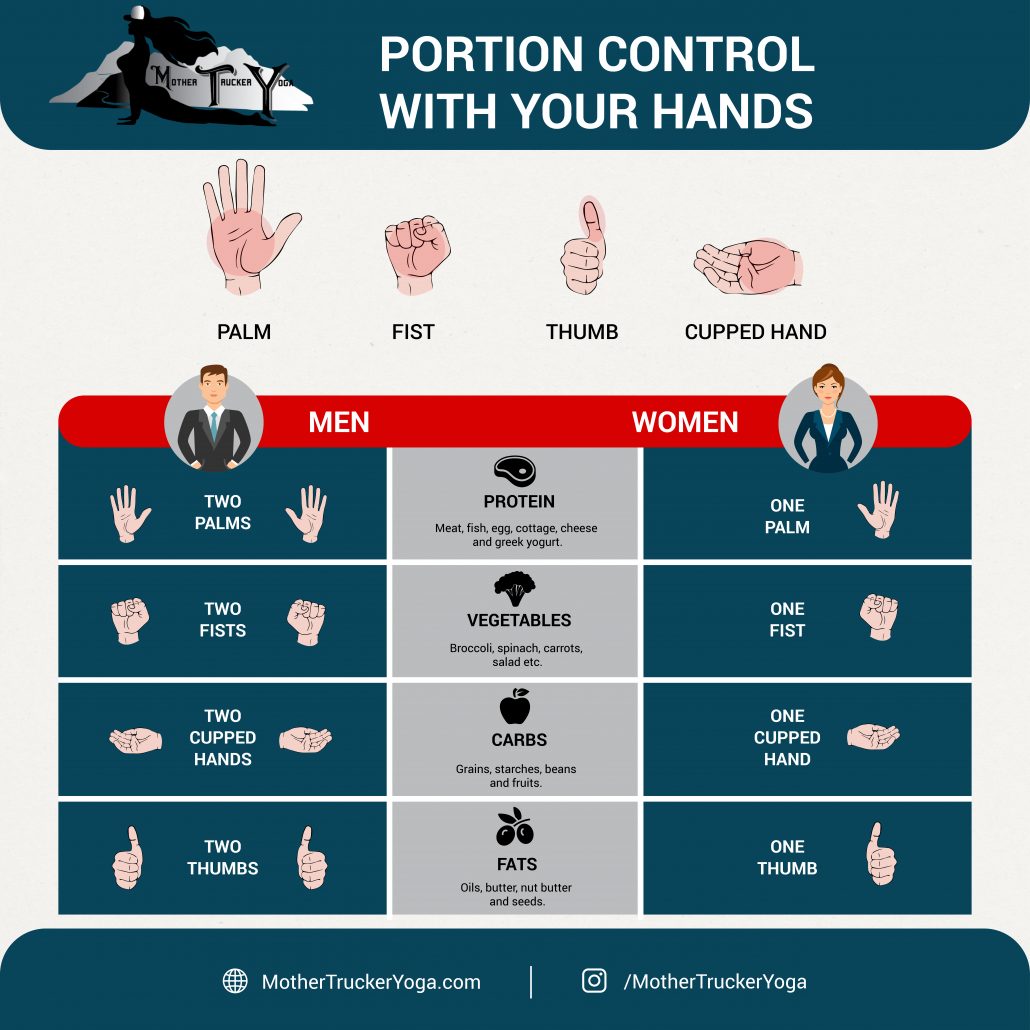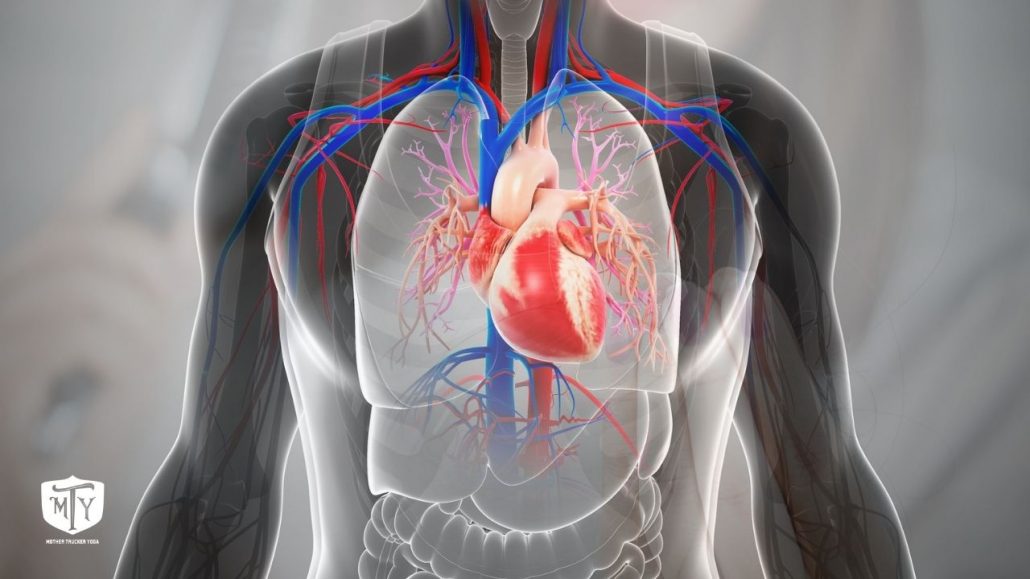Road Trip Yoga: 6 Poses You Can Do on the Road
Road Trip Yoga: 6 Poses You Can Do on the Road
If you’re on the road, you must be all too familiar with the unhealthy eating, little to no exercise, and long hours in the driving seat with that painful spot in your back and neck. It is no wonder that truck drivers are reported to have an obesity rate twice of an average American. But if you want to live better, trucking yoga poses can be your savior!
Trucking yoga is a specific regime designed for truck drivers who travel great distances for work. It is quick to do, does not require equipment or large space, and effectively aids you in your health building. So let’s read more about the poses you can do on the road.
Top 6 poses to do on the road.
-
You can always rely on this pose tYou can always rely on this pose tonward FaDog
To relieve the stress os rely on this pose. Placing both your hands on the side of your truck, step back and then hinge yourself forward, allowing your head to droop anax. Make sure that you relax your muscles in this pose for the best result.
-
Seat Belt Twist
Seat Belt Twists are one of the simplest yoga poses on the road. As you sit straight in your driver’s seat, twist your torso to reach your elbow around your seat. Place your other hand on your knee and take a few deep breaths as you hold this position.
-
Catchers Stretch Squat
The Catchers Stretch Squat (Malasana variation) is a quick way to engage your muscles flexibly. Take your feet apart and squat down on the floor with your palms pressed to each other. Rock yourself gently in that position and do this trucking yoga pose to improve flexibility.
-
Figure Four Reclined Variation
Figure four is best before driving. Try this stretch before getting out of bed for an excellent lower back and hip release. Laying down flat (support your head if needed), bend both knees, and cross one ankle over the opposite knee. Press the crossed knee away for a stretch then if you choose, clasp your hands underneath the lower hamstring and draw the legs in a while pressing the lower back and hips back into the bed. Hold for 30 seconds to 1 minute and repeat the opposite side.
For the Seated Version: Sit in the passenger seat and lift your right ankle over your left knee. Bend slightly forward and flex your foot during it to stretch your legs before a long drive. Do the same for the other leg!
-
Sun Salutations or Yoga Flow
Sun salutations require you to find a quiet stop, such as a stop in your route. With your feet slightly apart, stand tall and inhale. Then you should lift your hands straight over your head and hold your position, exhaling slowly as you bring your hands down. But even if you don’t know a sun salutation, just make one up and string poses together to move, breathe and feel your best. Try to hold each pose for 5 breaths to maximize the benefit of each move.
-
Legs up the Wall / Elevated Legs
Finally, when you’re stopping to rest, bring your trucking yoga poses to an end by practicing this move. When you’re on your bed to rest, put yourself against the wall and let your legs rest on the wall for a few. This will regulate blood circulations in your system and uplift any stress in your muscles!
Conclusion
When you’re dreading your road trips as a truck driver, it is time to start paying attention to your physical health. Whilst you are unable to keep a steady exercising routine, it is easy to practice trucking yoga poses on the road. We hope that in your journey, this blog will aid in improving your health and wellness!














